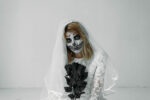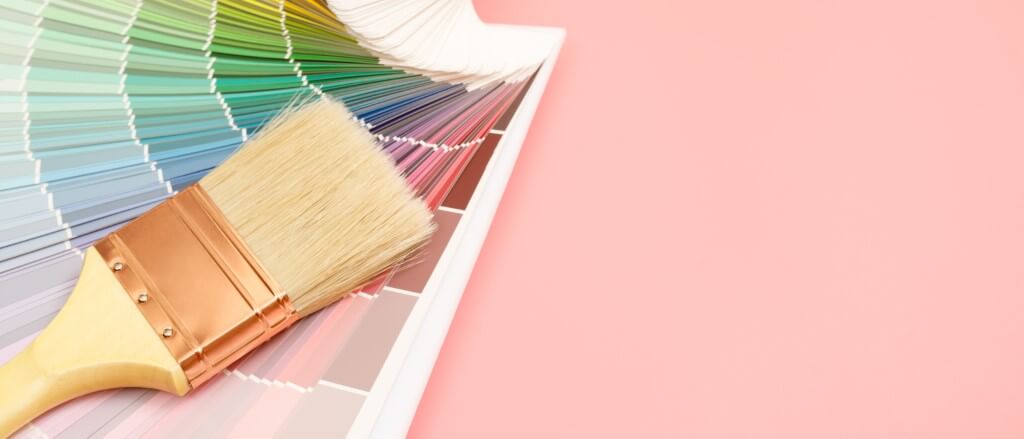- Daylight Saving Time and Its Sweet Ties to Halloween - December 1, 2023
- Puerto Rico’s Ponce Massacre - November 30, 2023
- The Origins of the Doughnut - November 27, 2023
Because no two picture walls are alike, adding one to your home is a great way to make it feel more unique and personal. However, determining where to begin and how to make a decision about what to do can be difficult! Take your time! We will assist you.
Get the photo gallery wall ready
Determine the location of your picture wall first and foremost because this is critical. Is it an empty large wall, or is there a couch in front of it, a television hanging on the wall, or something else to consider? Examine the terms under which you are doing business. After that is finished, it is time to choose motifs. Do you have any paintings around the house that you’d like to use, or would you prefer to start from scratch? Customers can currently choose from over 20,000 different patterns on Photowall. As a result, there is something to appeal to everyone!
To begin, select several of your favorite items and examine how they relate to one another. (Did you know that you can mark your favorites with a heart and then view them all on one page?) If you prefer to work digitally, you can combine all of your go-to resources into a single document and arrange them in close proximity to one another. With this method, you can get a quick glimpse of what your future image wall might look like.
After you’ve decided on the motifs for your prints, you’ll need to decide on the sizes of those prints. All of Photowall’s prints are available in a variety of sizes, and you can choose whether to buy them with or without a white border. Furthermore, three distinct frames are available: natural, black, and white. You can choose which frame goes best with the motif or mix and match them however you want. You could also standardize everyone’s picture frame.
Several musical pieces
When it comes to hanging prints, there are an infinite number of options. However, there are times when sticking to a specific style is preferable. They were, at the very least, motivated by something. The following are five distinct writing tips that you may find useful.
It is advised that you test the prints on your wall to determine what size you should have on the prints. If you work digitally, you can photograph the area on your wall where the paintings should be and then upload the images to your computer. If you prefer to work more traditionally, you can “draw” the picture wall by adhering washi tape or masking tape to the wall as described above. Following that, you will be able to quickly determine the proper size and proportions of the wall. Another simple option is to cut squares or rectangles from large sheets of paper or cardboard, which can then be affixed to the wall or laid out on the ground. Following that, you should have no trouble moving around your image wall and getting a sense of how it looks and feels.
Cut squares of paper and adhere them to the wall in a strategic pattern to create a layout for your photo wall. It is not necessary to have precise measurements and distances in this case; rather, what is important is that you have an idea of how the finished product will look.
After you’ve decided on the size and pattern, you’ll need to place your order, which is a simple process.
There are various types of walls and building materials
While you are waiting for your prints to arrive, it is a good idea to ensure that you have all of the necessary mounting equipment at home. Do you know what material your wall is made of? Congratulations! If this is the case, you are one step closer to your goal. Ask a member of the staff at your local hardware or home improvement store for advice on the best type of wall bracket to use to hang your prints.
You can determine the type of wall in your home by tapping on it and listening to the sound it makes. For those who are unsure about their walls, this is an option. When looking at a wall, it is not always clear whether it is made of brick or concrete, for example. The following step is to drill a small hole in the wall and observe the type of drilling dust that emerges from the hole. It has the ability to reveal the contents of your wall.
The following are some examples of different types of walls:
- The wooden wall
- Concrete retaining wall
- A lightweight concrete wall
- Brick construction walls Plasterboard walls
When hanging the prints on the wall, keep the following points in mind
We’ve finally arrived at the exciting part: change! As soon as possible, the prints should be hung on the wall. It could be time to nail, drill, or screw into your wall, or it could be time to use a picture suspension that leaves no traces and is simply glued to the wall.
This decision will be influenced by the material on your wall as well as any other factors. If you live in a tenancy or a student apartment and are not permitted to make holes in the wall, the final option provides some installation flexibility. If you are unsure, you could ask the store employees what they believe is best for you.
Placing all of the paintings on the floor allows for an easy overall view of the situation
Following that, you’ll have a better idea of the distance between the actual prints and their location. Take some measurements, then make a note on the wall indicating where you will be drilling holes.
Make a mark on the same piece of paper that you used to sketch the wall to indicate where the bracket will go. This is a useful hint. Then simply nail it in a straight line through the paper. Then you’ll know you’ve successfully driven the nail into the proper location.
It is a good idea to use a spirit level when hanging the prints to ensure that everything is straight. If the prints are even slightly misaligned, the entire impression can be ruined.
5 ideas to improve the appearance of your picture wall
- Adjust the center of the prints’ level so that they are at eye level. You will then have achieved a pleasant equilibrium in the space.
- To create a more relaxed image, keep the space between the prints consistent.
- Display the prints in the proper orientation! It is very common for them to hang slightly crookedly; use a spirit level to ensure that they are perfectly straight.
- If you decide to hang the prints behind your sofa, keep in mind that you should be able to lie back on your sofa without risking hitting your head on a picture frame.
- Hanging paintings up to the ceiling can give the impression that they are higher than they are if you have low ceilings.










